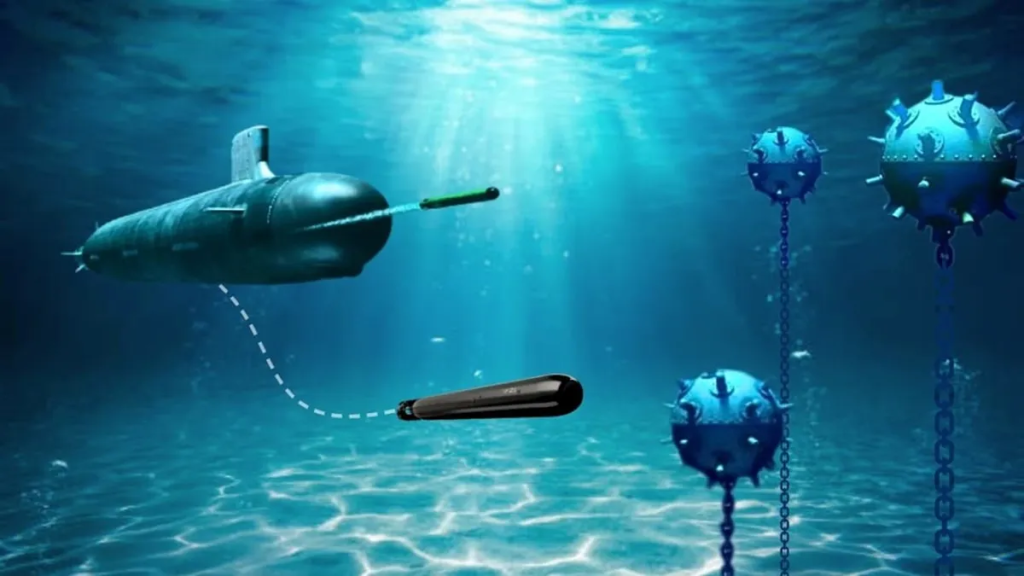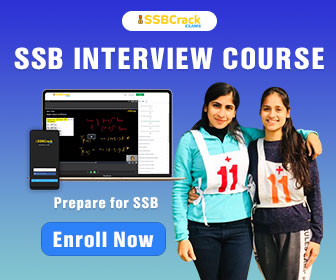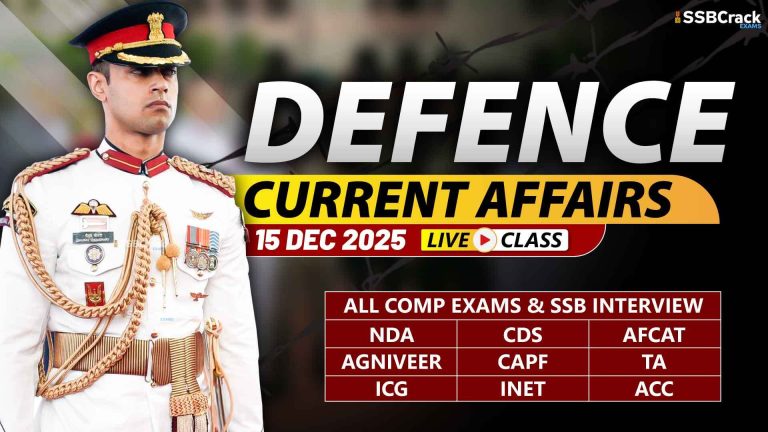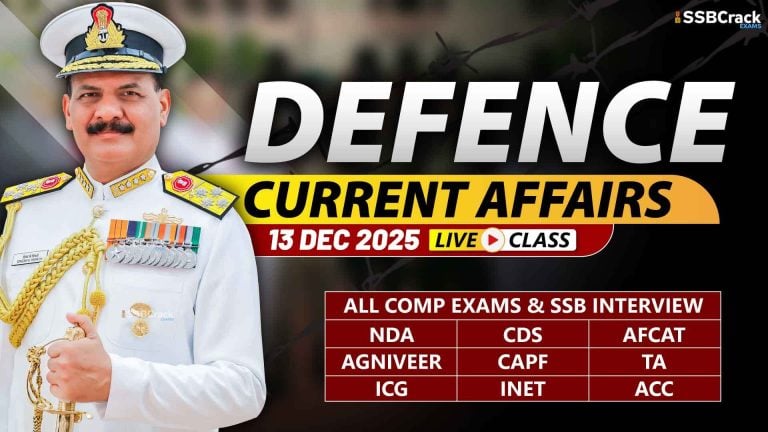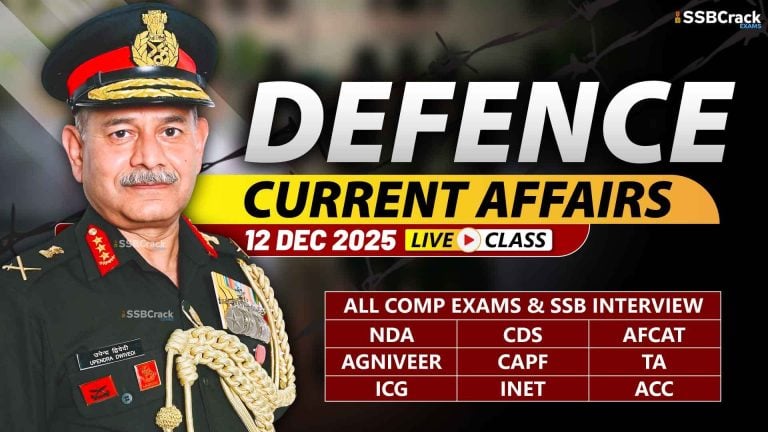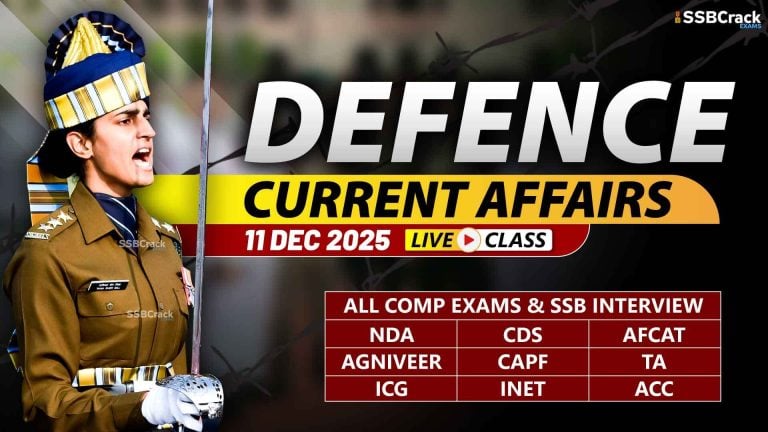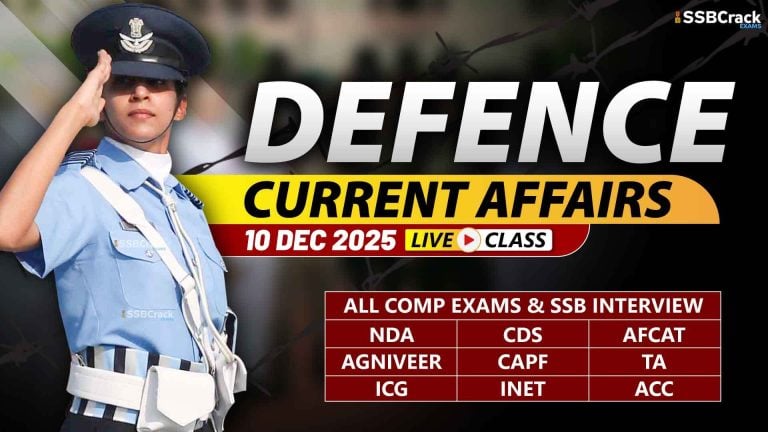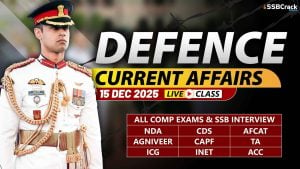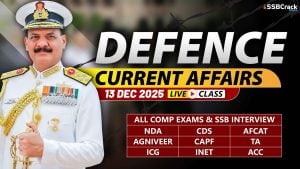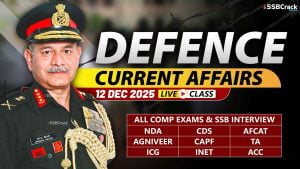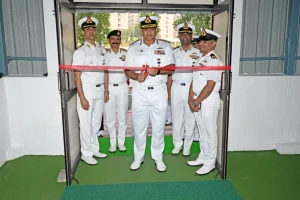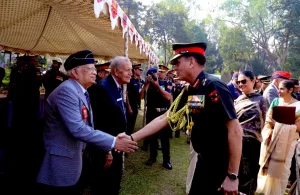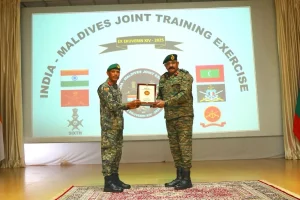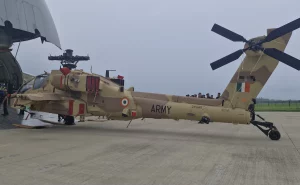In a significant stride toward enhancing maritime domain awareness, India and Australia have formalized an undersea surveillance pact aimed at advancing the early detection and tracking of submarines and autonomous underwater vehicles.
India and Australia Launch Joint Undersea Surveillance Research Project
The agreement marks the beginning of a three-year joint research initiative between India’s Defence Research and Development Organisation (DRDO) and Australia’s Defence Science and Technology Group (DSTG).
Pioneering Collaborative Research
This collaboration brings together DRDO’s Naval Physical and Oceanographic Laboratory and DSTG’s Information Sciences Division. The research will focus on developing advanced Target Motion Analysis (TMA) capabilities using a towed array-based signal processing system. TMA involves the use of complex tracking algorithms to estimate and monitor the movement of underwater targets, especially in passive surveillance modes where stealth and precision are essential.
According to Amanda Bessell, Discipline Leader at DSTG’s Information Sciences Division, “Target Motion Analysis is a crucial element in maintaining platform situational awareness when a passive mode of operation is required.”
Towed Array Technology at the Core
Central to this joint initiative is the deployment of a towed array system—a long linear cable fitted with hydrophones that is dragged behind a submarine or ship. These hydrophones collect acoustic signals from various directions, which are then processed to detect and analyze sounds emitted by underwater targets.
Dr. Sanjeev Arulampalam, Senior Researcher at DSTG, emphasized the importance of this technology: “The sound signal is passed through a signal processor, which analyzes, filters, and detects underwater acoustic signals emitted from maritime targets.”
Advancing Underwater Combat Systems
The project will test novel algorithms for performance improvements in noisy underwater environments. By combining the Target Motion Analysis with towed array systems, both nations aim to boost the reliability, efficiency, and interoperability of their current surveillance capabilities.
Chief of DSTG’s Information Sciences Division, Suneel Randhawa, underscored the broader significance of the research: “The output of this program has the potential to guide the development of future algorithmic directions for our undersea combat system surveillance technologies.”
Strengthening Strategic Partnerships
The arrangement also includes sharing technical insights, conducting joint trials, demonstrating algorithms, and performing performance analyses. This collaboration is expected to further deepen the strategic partnership between the two nations in the defence and innovation sectors.
Highlighting the importance of international cooperation, Mr. Randhawa added, “We need to harness the best minds in innovation, science, and technology to build new capabilities, to innovate at greater pace, and to strengthen our strategic partnerships.”
A Step Forward in Maritime Security
As the nature of the underwater battlespace evolves with the increased deployment of autonomous systems, enhancing surveillance capabilities becomes a top priority. This Indo-Australian research venture represents a major step toward achieving technological superiority in undersea warfare and reinforcing regional maritime security.
The project is the latest milestone in the growing defence cooperation between India and Australia, reflecting their shared commitment to innovation, capability development, and strategic alignment in the Indo-Pacific region.


